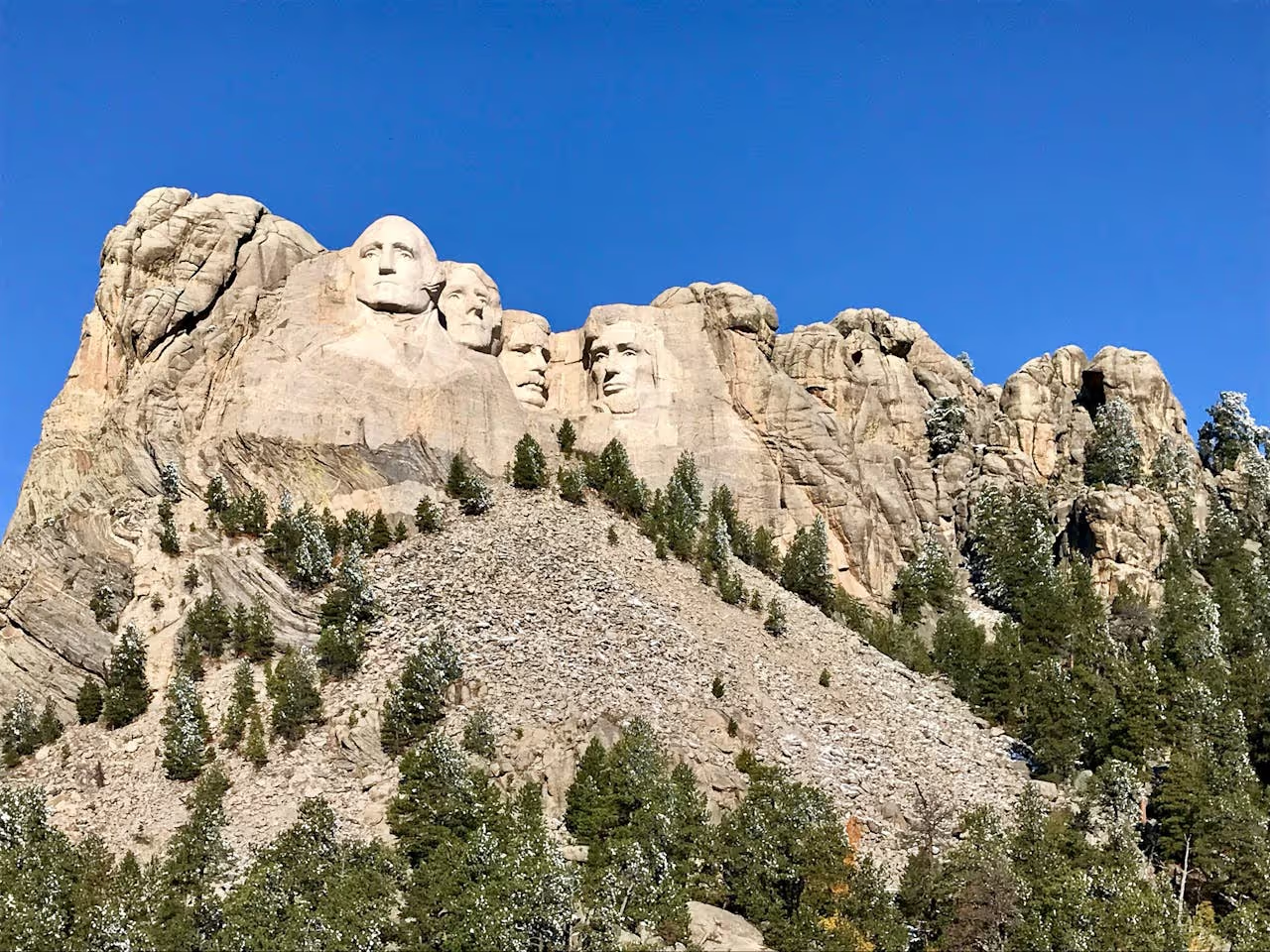Understanding the Unique Characteristics of North Dakota and South Dakota
If you've ever wondered about the differences between North Dakota and South Dakota, you're not alone. These northern Great Plains neighbors might sound similar, but each offers a distinct landscape, culture, and identity. Whether you're planning a visit, thinking about moving, or just want to impress at trivia night, knowing what sets these two states apart can be valuable.
Geographic and Climate Differences: North Dakota vs. South Dakota
Both Dakotas are known for wide-open spaces and dramatic skies, yet their geography sets them apart in meaningful ways.
- North Dakota is generally colder due to its northern position. Winters can be long, snowy, and harsh, with average low temperatures dipping well below freezing. Summers are warm but brief.
- South Dakota is slightly milder. The western part of the state hosts the scenic Black Hills, home to Mount Rushmore and rugged landscapes. South Dakota's Badlands National Park is globally recognized.
Both states are shaped by prairies and farmland, but South Dakota’s topography is more varied, while North Dakota features a flatter landscape.
Population, Demographics, and Urban Life in the Dakotas
Population density and city life differ between the two Dakotas.
- North Dakota has just under 800,000 people as of the 2020 census. Its largest city, Fargo, is a growing cultural hub, followed by Bismarck and Grand Forks.
- South Dakota is slightly more populous, with around 900,000 residents. Sioux Falls stands out as the largest city in either state and is rapidly growing. Rapid City, near the Black Hills, is another major center.
Rural living defines both states, though South Dakota boasts a more significant urban presence, particularly in Sioux Falls. Both states are mostly white, with growing Native American and immigrant populations, especially in larger cities.
Economy, Jobs, and Major Industries in North Dakota and South Dakota
The Dakotas share agricultural roots, yet their economies are diversifying.
- North Dakota is famous for wheat, canola, soybeans, and livestock farming. Recently, oil and gas from the Bakken Formation have transformed the state’s economic landscape, making it one of the nation's leading energy producers.
- South Dakota also thrives on agriculture—corn, soybeans, and cattle are staples. Financial services play a significant role, with Sioux Falls being a hub for banking, credit card operations, and healthcare. Tourism is major here due to Mount Rushmore and the Black Hills.
Unemployment rates in both states are consistently below the national average, and a low cost of living makes them attractive for families and businesses alike.
Culture, History, and Attractions of North Dakota vs. South Dakota
Culture and heritage define life in both states, but in unique ways.
- North Dakota carries a strong Scandinavian and German influence. Its State Capitol in Bismarck, Theodore Roosevelt National Park, and historic sites on Lewis and Clark’s trail are notable. Native American roots run deep, with several reservations and cultural centers.
- South Dakota is famous for the monumental Mount Rushmore and the annual Sturgis Motorcycle Rally. The state also honors its Lakota, Dakota, and Nakota Sioux history across museums and events. The Crazy Horse Memorial and Deadwood’s Wild West spirit stand out.
Both states cherish festivals, rodeos, and community gatherings that blend cowboy traditions with Native American heritage.
Outdoor Recreation and Adventure Opportunities in the Dakotas
If you love the outdoors, both North and South Dakota are packed with adventure:
- Hiking, camping, and wildlife viewing are popular in North Dakota’s Theodore Roosevelt National Park.
- South Dakota’s Black Hills offer world-class biking, rock climbing, caving, and camping.
- Both states boast beautiful lakes for summer water sports and winter snowmobiling or ice fishing.
Pheasant hunting is a cherished pastime, especially in South Dakota, which is often called the "Pheasant Capital of the World."
Cost of Living and Quality of Life in North Dakota and South Dakota
Living in either Dakota means affordable housing, low taxes, and strong communities. Here are some fast facts:
- North Dakota has no state sales tax on groceries or clothing. Median home costs are below the national average.
- South Dakota also has a low cost of living and no state income tax. The state frequently ranks high for friendliness and safety.
Both states provide access to excellent schools, healthcare, and a pace of life that lets you breathe deeply and enjoy nature’s beauty.
Why Do North Dakota and South Dakota Exist as Separate States?
The split between the Dakotas dates to the late 1800s. The U.S. Congress divided Dakota Territory along the 46th parallel in 1889. As the railroads pushed westward and settlers arrived, political rivalries over where to place the capital and differing local interests led to the split. On November 2, 1889, North Dakota and South Dakota became the 39th and 40th states—though no one knows which was technically admitted first!
Frequently Asked Questions About the Difference Between North Dakota and South Dakota
Which state is better for raising a family, North Dakota or South Dakota?
Both are excellent for families, with safe communities, great schools, and a low cost of living. South Dakota is attractive for its larger cities and no state income tax. North Dakota’s energy boom means more job opportunities. Your best fit will depend on your needs and what lifestyle you prefer.
Is North Dakota colder than South Dakota?
Yes, North Dakota’s winters are generally colder and longer. It lies farther north and has fewer natural barriers to block Arctic air, making it one of the coldest states in the contiguous U.S.
What are some must-see attractions in both states?
In North Dakota, don't miss Theodore Roosevelt National Park, the International Peace Garden, and the North Dakota Heritage Center. In South Dakota, top sights include Mount Rushmore, Badlands National Park, the Black Hills, and the Crazy Horse Memorial. Both offer unique festivals and local history museums worth exploring.
What is the main difference in economy between North and South Dakota?
North Dakota’s economy is powered by agriculture and energy, especially oil and gas. South Dakota is agricultural too, but relies more on finance, tourism, and healthcare. Sioux Falls is a major banking hub, while North Dakota experienced a significant oil boom in the 2010s.
Which state has more natural beauty, North Dakota or South Dakota?
Both states offer stunning landscapes. North Dakota features peaceful plains, colorful badlands, and peaceful prairies. South Dakota boasts the Black Hills, Badlands, and iconic national monuments. Your preference may depend on whether you love rolling farmland or dramatic mountains and rocky formations.











.svg)



